Ditapis dengan
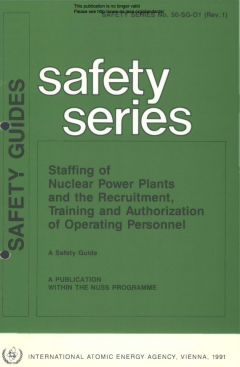
Staffing of Nuclear Power Plants and the Recruitment, Training and Authorizat…
This book consist : Introduction; Organizational plan; Recruitmen; Training and qualification; and Authorization. (Jml)
- Edisi
- -
- ISBN/ISSN
- 9201233914 / 00741892
- Deskripsi Fisik
- 59 p. : Illus. ; 24 cm
- Judul Seri
- Safety Series No. 50-SG-O1 (Rev. 1)
- No. Panggil
- 621.48 IAE s
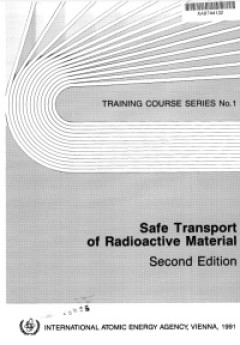
Safe Transport of Radioactive Material, Second Edition
In 1991, the International Atomic Energy Agency published Training Course Series No. 1 (TCS-1), a training manual that provides in 20 chapters a detailed discussion of the background, philosophy, technical bases and requirements and implementation aspects of the Regulations for the Safe Transport of Radioactive Material. The Transport Regulations are widely implemented by the IAEA's Member Stat…
- Edisi
- -
- ISBN/ISSN
- -
- Deskripsi Fisik
- 365 p. : Illus. ; 30 cm
- Judul Seri
- Training Course Series No. 1
- No. Panggil
- 621.039746 IAE s
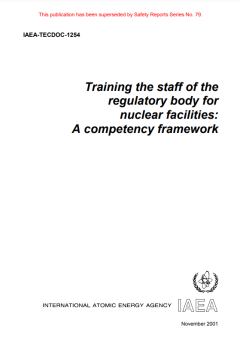
Training the Staff of the Regulatory Body for Nuclear Facilities: A Competenc…
Safety Requirements for legal and Governmental Infrastructure for Nuclear, Radiation, Radioactive Waste and Transport Safety [1] address the issues of competencies and training of the regulatory body by requiring that: “In order to ensure that the proper skills are acquired and that adequate levels of competencies are achieved and maintained, the regulatory body shall ensure that its staff me…
- Edisi
- -
- ISBN/ISSN
- 10114289
- Deskripsi Fisik
- 135 p. : Illus. ; 29 cm
- Judul Seri
- IAEA-TECDOC-1254
- No. Panggil
- 658.31244
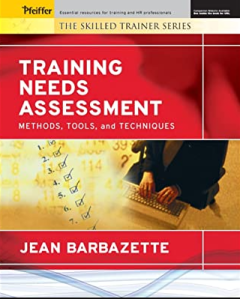
Training Needs Assessment: Methods, Tools, and Techniques
This book covers the essentials of needs analysis from the emerging trainer's perspective by providing just the right amount of support and knowledge without going too deep into the subject. The topics covered include when and how to do a training needs analysis; using informal and formal analysis techniques; goal, task and population analysis; and how to develop and present a training plan for…
- Edisi
- -
- ISBN/ISSN
- 9780787975258
- Deskripsi Fisik
- 173 p. : illus. ; 23,5 cm
- Judul Seri
- The Skilled Trainer Series
- No. Panggil
- 658.3124 BAR t
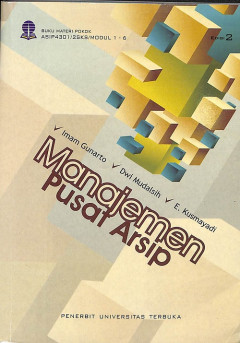
Manajemen Pusat Arsip
Buku materi pokok (BMP) ASIP4301 Manajemen Pusat Arsip merupakan mata kuliah yang menerapkan prinsip-prinsip ilmu kearsipan sejak arsip diterima hingga dimusnahkan. Pada mateeri manajemen pusat arsip, juga dibahas mengenai pengertian data, komunikasi data, hingga fungsi dan peran data dalam sistem indormasi manajemen (SIM)
- Edisi
- 2
- ISBN/ISSN
- 9789780118300
- Deskripsi Fisik
- 633 p. : illus. ; 21 cm
- Judul Seri
- -
- No. Panggil
- 651.5 KUS m
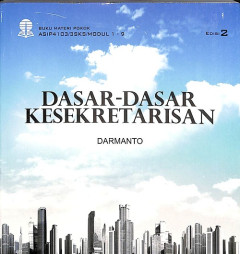
Dasar-Dasar Kesekretarisan, Edisi 2
Buku materi dasar-dasar kesekretarisan menjelaskan ruang lingkup pekerjaan yang harus dikuasai oleh seorang sekretaris. Mata kuliah ini membahas mengenai etika profesi sekretaris, hal-hal yang berkaitan dengan pekerjaan penunjang sekretaris, seperti penguasaan tata persuratan, mekanisme rapat perusahaan hingga tata cara pengelolaan keuangan, serta manajemen kearsipan.
- Edisi
- 2
- ISBN/ISSN
- 9789790118737
- Deskripsi Fisik
- 939 p. : illus. ; 21 cm
- Judul Seri
- -
- No. Panggil
- 651.3741 DAR d
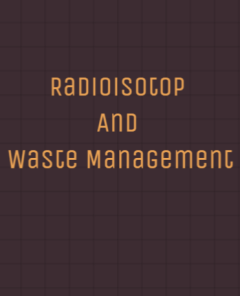
Radioisotop and Waste Management
- Edisi
- -
- ISBN/ISSN
- -
- Deskripsi Fisik
- 414 p. : illus. ; 26 cm
- Judul Seri
- -
- No. Panggil
- 621.4838 KOR R
- Edisi
- -
- ISBN/ISSN
- -
- Deskripsi Fisik
- 414 p. : illus. ; 26 cm
- Judul Seri
- -
- No. Panggil
- 621.4838 KOR R
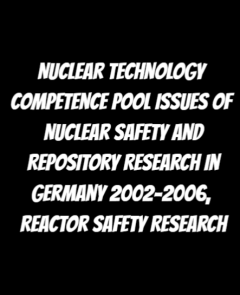
Nuclear Technology Competence Pool Issues of Nuclear Safety and Repository Re…
-
- Edisi
- -
- ISBN/ISSN
- -
- Deskripsi Fisik
- 88 p. : illus. ; 21 cm
- Judul Seri
- -
- No. Panggil
- 621.4835 FED N

Procedures for Conducting Probabilistic Safety Assessments of Nuclear Power P…
This safety practice report provides guidance on conducting a Level 1 PSA for internal events in nuclear power plants. The main emphasis is on the procedural steps of the PSA rather than the details of the corresponding methods. The report is intended to assist technical persons managing or performing PSAs. A particular aim is to promote a standardized framework, terminology and form of documen…
- Edisi
- -
- ISBN/ISSN
- 9201023928 / 00741892
- Deskripsi Fisik
- 175 p. : Illus. ; 24 cm
- Judul Seri
- Safety Series No. 50-P-4
- No. Panggil
- 621.48 IAE p
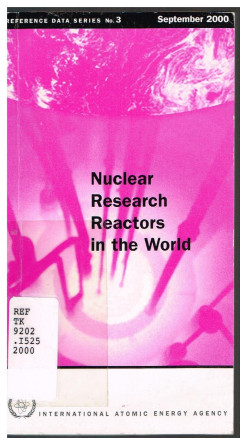
Nuclear Research Reactors in the World, September 2000 Edition
This is the thirteenth edition of Reference Data Series No. 3. This booklet contains general information, as of the end of January 2000, on research reactors in operation, under construction, planned and shut down. The information is collected by the Agency through questionnaires sent to Member States through the designated national correspondents.
- Edisi
- -
- ISBN/ISSN
- 9201021003 / 10112642
- Deskripsi Fisik
- 138 p. : illus. ; 21 cm
- Judul Seri
- Reference Data Series No. 3
- No. Panggil
- -
 Karya Umum
Karya Umum  Filsafat
Filsafat  Agama
Agama  Ilmu-ilmu Sosial
Ilmu-ilmu Sosial  Bahasa
Bahasa  Ilmu-ilmu Murni
Ilmu-ilmu Murni  Ilmu-ilmu Terapan
Ilmu-ilmu Terapan  Kesenian, Hiburan, dan Olahraga
Kesenian, Hiburan, dan Olahraga  Kesusastraan
Kesusastraan  Geografi dan Sejarah
Geografi dan Sejarah